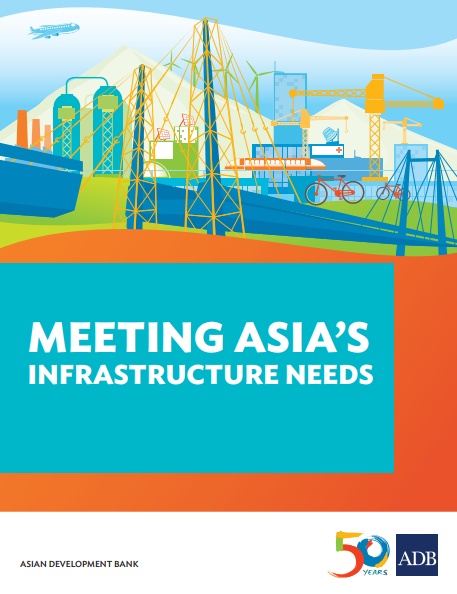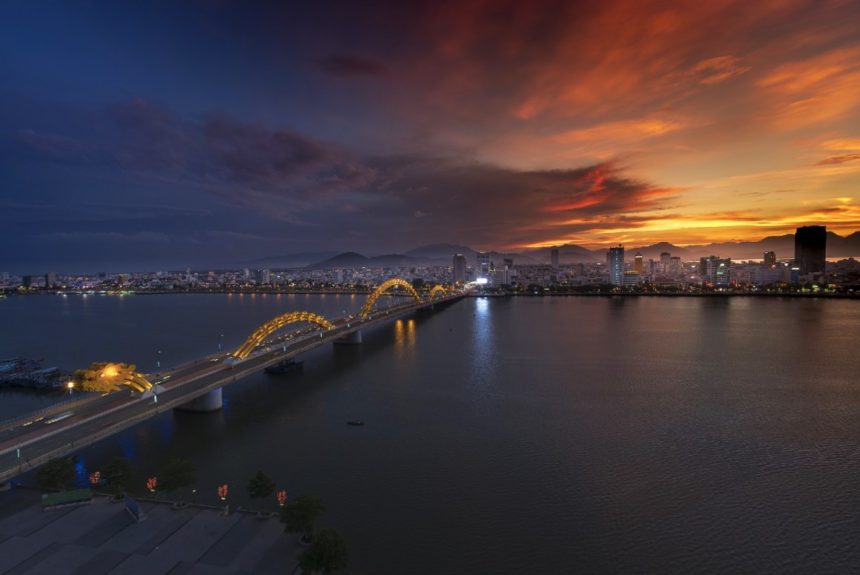The Dragon Bridge is a bridge over the River Hàn in Da Nang, Vietnam.
Infrastructure is crucial in any growing community; it provides access to the most basic services. Businesses and markets grow, the economy thrives, and opportunities open with adequate and efficient infrastructure. Asian countries, with their growing population and economy, have increasing demands for infrastructure.

Crumbling and poorly maintained infrastructure are prevalent in developing Asian countries. Most people in poverty do not have access to the most basic utility services like clean water sources, sanitation, transportation, and power. Their vulnerability to the effects of climate change is an added concern.
The report, “Meeting Asia’s Infrastructure Needs, ” that the Asia Development Bank published in 2017, looks at what infrastructure investments are needed in Asia for growth, including climate adaptation and mitigation investments.
An investment of $26 trillion or $1.7 trillion per year is needed for growth, eliminating poverty, and mitigating climate change.
Without climate mitigation and adaptation costs, it is $22.6 trillion or $1.5 trillion per year, the report says.
Infrastructure is a lifeline for economic and social development in any country. According to the paper, Asia has increased its spending on telecommunications, transportation networks, and electricity infrastructure.
However, amidst these increased investments, at least 400 million people do not have electricity, 300 million have no access to safe drinking water and 1.5 billion lack basic sanitation.
The study also looks at the gap between what is currently spent on infrastructure for each member country, what is still needed to incorporate climate change adaptation and mitigation, and how to bridge this gap.
Asia needs to curb its carbon emissions under the Paris agreement. The transport sector is identified as a contributor to high carbon emissions.
There should be a transition to using renewable energy, and the use of public transportation rather than individual transport and investments are needed.
Where funding will come from and what policies and strategies are needed are discussed robustly in the report, accompanied by figures and case studies of each country in Asia.
Read the full article by clicking on the button below:


